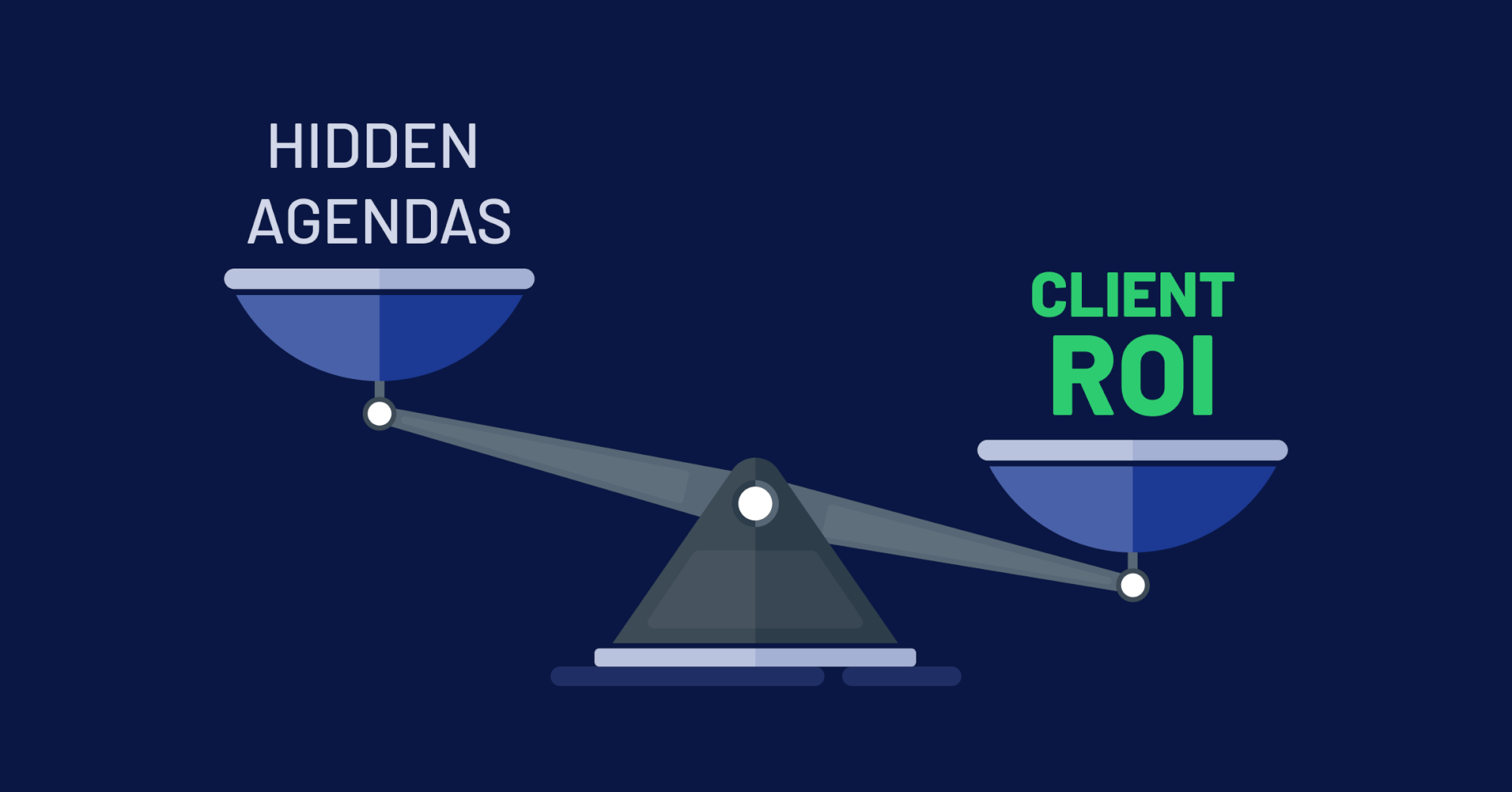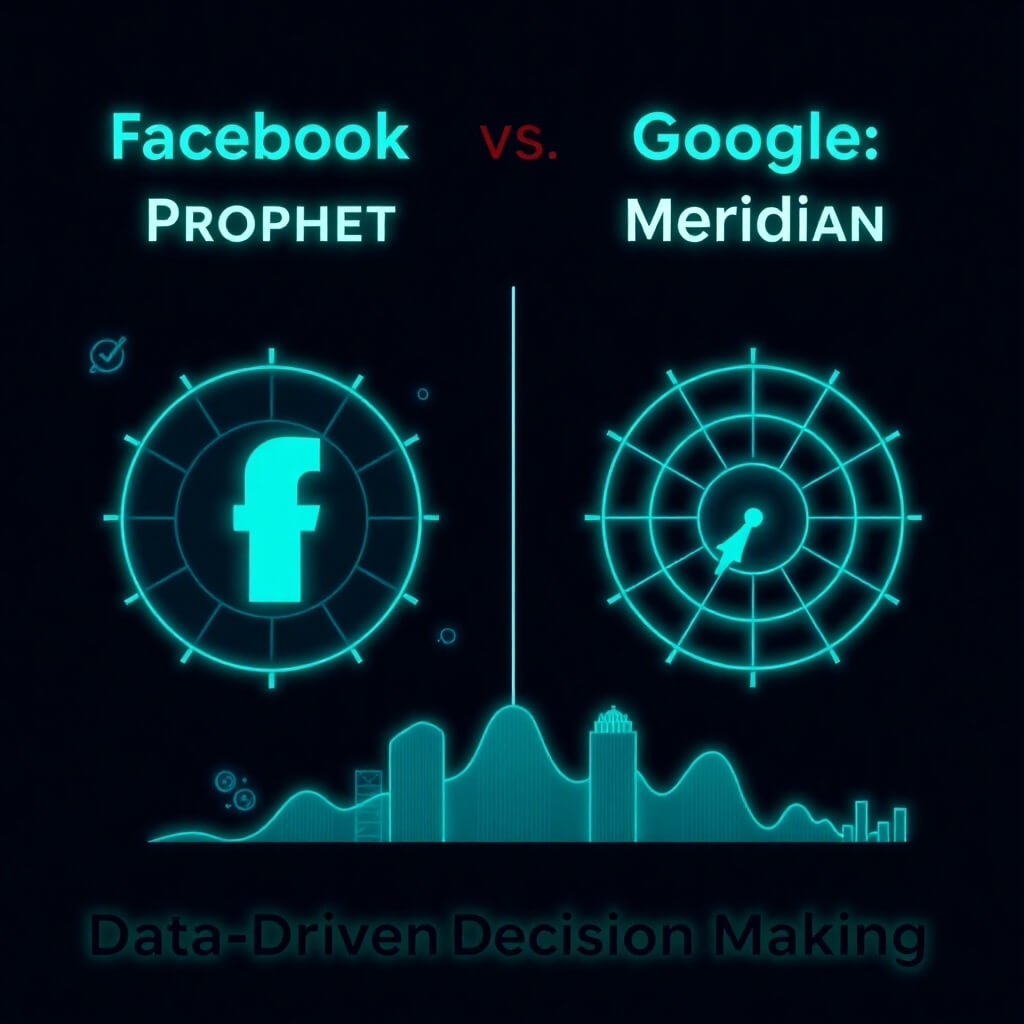An important point for clients, creative people, and media planners to remember is that media will only do one thing: get your message in front of the “right” audience. The value and performance of a particular media property or placement is determined by just how “right” that audience is – what percentage of people visiting that site, reading that magazine, searching on that keyword, opening that e-mail newsletter, or watching that TV show would buy what you’re selling.
What your choice in placements and media properties will not and cannot do is make a person click on a banner, watch a video all the way through, fill out a form, buy something, and, in general, convert – that’s the job of your creative. We see it all the time in the performance of different creative units being tested on the same site or Web property.
Now, I’m not saying there aren’t low-quality media properties, or newsletters that no one cares to open. This column applies only when the first requirement of a great media plan is met – you’ve identified quality sites that get your ads in front of the “right audience.”
Let’s dig a little deeper on what makes one creative unit perform better than another. It could be the artwork, the photos, colors, or the shape of the unit. When people are online, there are two questions they’re asking you and your ads that you must answer in less than a second to get them to respond:
“How are you going to help me?”
“What do you have for me right now?”
Basically, people are looking for the benefits and offers in your ads. My proof of this? Well, Google did a study with Millward Brown a few years back called, “Demystifying Search Advertising in the Technology BtoB Space” and it talked about what influenced the click in a search ad. What it said was: “The results validate what many online marketers have known all along – that classic marketing principles work as well for online ads as they do for offline promotions.” It showed that around 70 percent of what influences a person to take action online is contained in the ad’s benefit and call to action. (See that chart below and information on the study here.)
Influencers of Click Behavior in Enterprise Applications
I took that study to heart, because I thought the above data embodied the key to success in any online media campaign, targeting any audience – B2B or B2C. Google’s four-line limited ad format allowed it to deconstruct the influence factors nicely, but this data and its underlying principle can and should be applied to all creative units you launch if you’re looking for some kind of measurable reactions. You can apply it to search ads, banners, e-mail, and, of course, landing pages.
So, the key practical advice we’ve learned is:
- Make a list of all the ways that your product really helps your target audience.
- Make a list of the offers you can make and fulfill to people online right there on the spot.
- Pick the best ones.
- Use these benefits and offers as the basis of your ad copy and testing methodology.
Basically, make sure that you have an arsenal of benefits and offers to test in your campaigns and use this as the basis of your creative testing. Sure, you’ll see differences in a banner’s performance based on other factors, but in my experience the absolute biggest differentiator in a campaign’s performance is based on the benefit and offer statements embodied in the ads and fulfilled on the landing pages.






